Chainsaws are go-to tools for tackling heavy-duty cutting tasks. You need a chainsaw for various reasons, from felling trees to cutting firewood! However, their true potential can be achieved through consistent and diligent maintenance.
Chainsaw maintenance is not merely about extending the lifespan of your equipment; it is also a significant step in ensuring your safety and the safety of those around you.
Understanding the chainsaw functionality guide reveals that chainsaws are easy to maintain but have one adversary: rust. Moisture and chainsaws don’t mix well. The mere thought of a wet chainsaw can trigger concerns among users.
This comprehensive article has addressed all your queries and concerns and provided the best tips and strategies to prevent the chainsaw from rusting. Read till the end for expert advice on using a chainsaw during rain and avoiding rust!
Understanding Chainsaw Rust
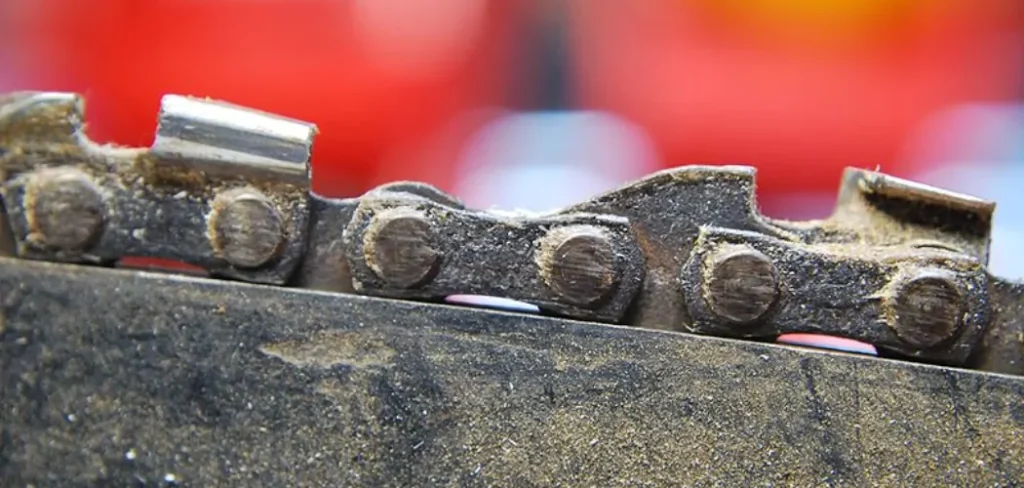
Rust is a bane to metal objects. It is a result of a chemical process called oxidation. When iron or steel, the primary components of a chainsaw, come into contact with moisture and oxygen, it transforms. This process forms iron oxide, commonly known as rust, which weakens the metal’s structure, leading to corrosion and potential damage.
Corrosion Factors for Chainsaws
Several factors make chainsaws vulnerable to rust, and understanding these factors is pivotal in preserving their longevity and functionality. Here are key points to consider:
- Rain, dew, snow, or high humidity levels can introduce moisture to a chainsaw, initiating rusting.
- Temperature fluctuations also promote rust formation.
- Certain types of wood, especially those with high tannin content, can accelerate corrosion when in contact with a chainsaw and its components.
- Chemical residues of cutting oils or fuels can react with metal surfaces and lead to corrosion and rust.
- Using chainsaws near coastal areas with salt-laden air can accelerate rust due to the corrosive nature of salt.
- Improper storage in damp or unventilated spaces can result in rusting.
Moisture Exposure and Potential Damage to Chainsaws
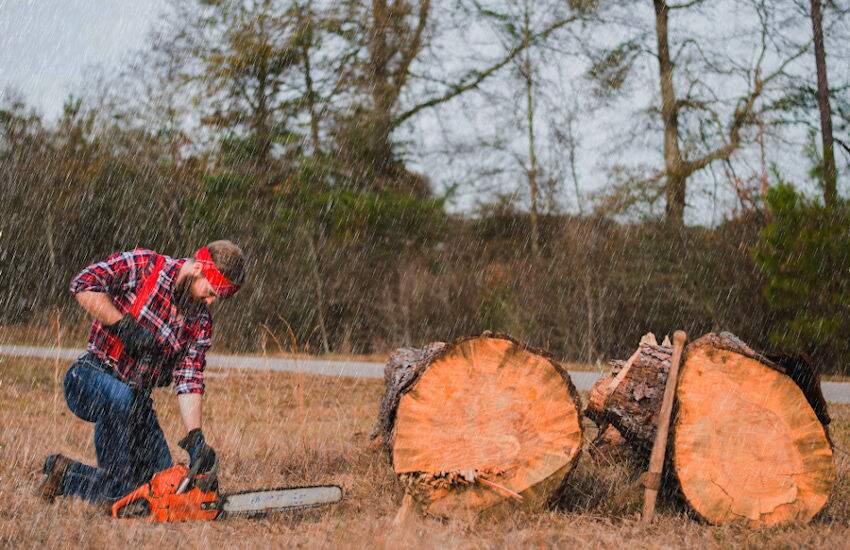
Chainsaws, often used in demanding outdoor environments, frequently encounter moisture. When it rains, dew forms, or snow blankets the ground, these powerful tools are exposed to water in various forms. Moisture infiltrating the chain and bar area should be a matter of concern. It can seep into critical components and trigger corrosion, impacting the chainsaw’s performance and longevity.
Operating a chainsaw in wet conditions can lead to a range of problems. If not addressed promptly, moisture can hamper the chainsaw’s inner components and usability. It can lead to rust formation, reduced cutting efficiency, and increased component wear and tear.
Moisture exposure can take various forms, each with its challenges. Rainfall, for instance, poses an immediate risk, while dew and snow accumulate over time, gradually exposing the chainsaw to moisture. Understanding these distinctions is crucial for effective maintenance and protection against moisture-related damage.
Tips to Prevent Chainsaw Rust
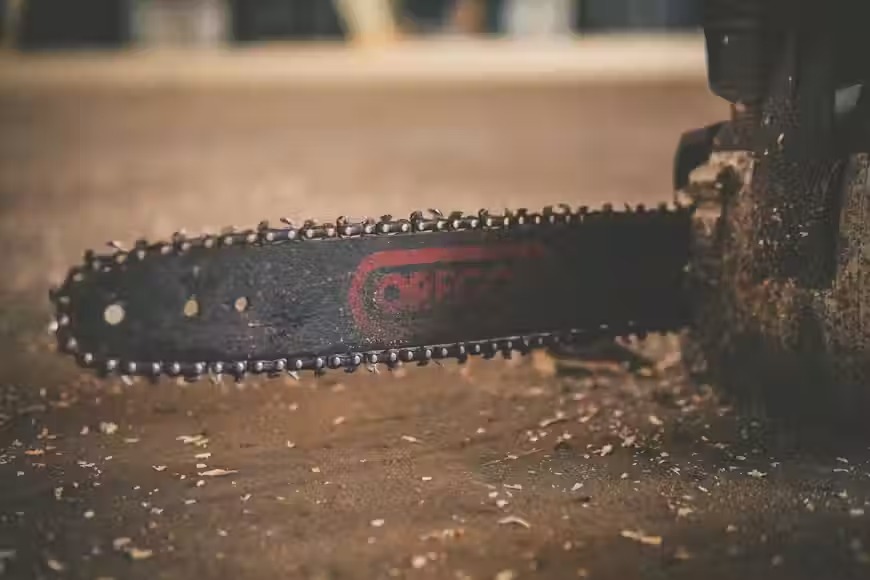
Understanding that moisture is a big threat to your powerful tool is essential. Neglecting its care in wet conditions can lead to costly repairs or even safety hazards. This section will share some practical strategies for preventing chainsaws from rust.
1. Proper Storage
Properly storing your chainsaw is the first line of defense against rust. You should use a chainsaw cover to protect it from dust, moisture, and debris when not in use. It is also recommended to store it off the ground to prevent moisture absorption. It would be best if you stored the chainsaw in a well-ventilated storage area to reduce humidity.
2. Cleaning and Drying Procedures
Regular cleaning and drying are the most effective ways to prevent rust formation. After each use, you must remove dirt, sawdust, and debris from all parts, including the chain and bar. Ensure every component is dry before storing, and apply a light coat of oil to metal surfaces to deter moisture penetration.
3. Lubrication and Rust Inhibitors
Proper lubrication is not just about smooth operation; it also aids in rust prevention. You should use a high-quality chain oil and lubricate the chain before each use. You may also apply rust inhibitor products for additional protection.
Maintenance Tips for Your Chainsaw
Maintaining your chainsaw is not merely about rust prevention. It is about ensuring optimal performance, longevity, and safety for yourself and others. Here are some maintenance tips that will keep your chainsaw running smoothly for years to come.
- Perform visual checks for loose bolts, worn components, and signs of damage. Address any issues promptly to avoid further damage.
- Prevention is better than cure; thus, we suggest taking protective measures during chainsaw operation and keeping it clean after use.
- Look for any signs of rust, no matter how minor. If you spot rust formation, address it immediately to prevent it from spreading further.
Conclusion
In conclusion, safeguarding your chainsaw against rust and ensuring its peak performance boils down to proactive care and attention. Moisture is the worst enemy of your chainsaw, and you must avoid it at all costs. Ensure proper storage, regular cleaning, and effective lubrication as a protective measure against moisture absorption.
We recommend doing routine inspections and adopting protective methods while using the chainsaw to maintain its efficiency. Lastly, address any signs of rust immediately to prevent costly damage. By following these guidelines, you will extend the lifespan of your tool while enhancing the safety and efficiency of all your cutting endeavors.

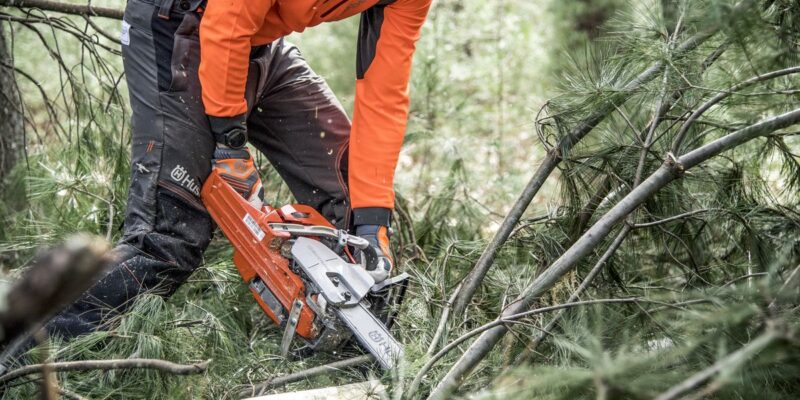
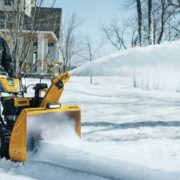
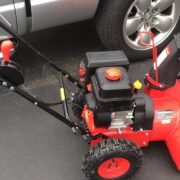
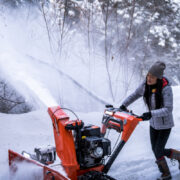
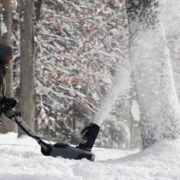
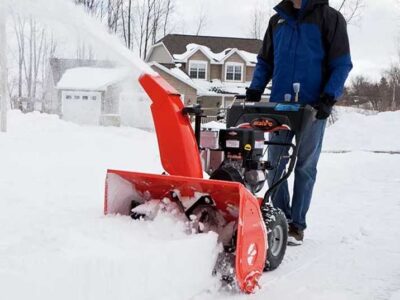
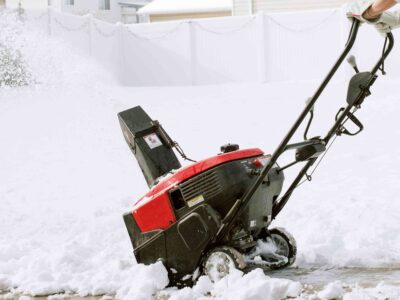
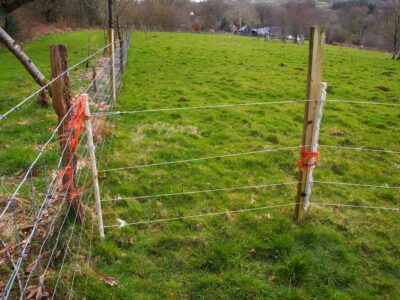
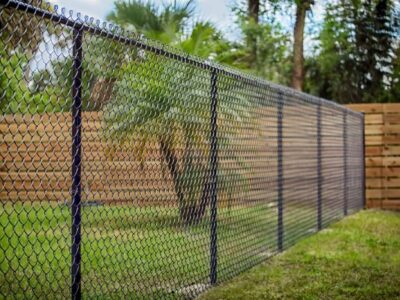


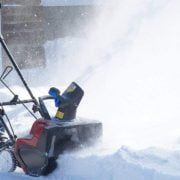

Comments